Millions of Americans carrying student loan debt are facing a potential shift in their financial future, as the incoming presidency of Donald Trump raises significant concerns about the fate of student loan forgiveness programs. After the Biden administration made significant strides in alleviating student debt, borrowers now worry that relief efforts could come to a halt under the new leadership.
Trump’s Expected Approach to Student Loan Forgiveness
This Article Includes
- 1 Trump’s Expected Approach to Student Loan Forgiveness
- 2 Biden’s Achievements in Student Loan Forgiveness
- 3 Trump’s Radical Opposition to Loan Forgiveness Programs
- 4 Divided Public Opinion on Debt Forgiveness
- 5 The Impact on Working-Class Borrowers
- 6 Potential Consequences of Trump’s Education Policies
- 7 What Borrowers Can Do Moving Forward
- 8 Conclusion
The Trump administration’s stance on student debt forgiveness has been clear throughout his political career: he opposes it. As the 2024 election draws nearer, experts predict that Trump will abandon the defense of Biden’s debt relief efforts in court, which are already tangled in legal battles. His policies could spell the end for the programs that have helped millions of Americans reduce their student loan burdens.
Biden’s Achievements in Student Loan Forgiveness
Under President Joe Biden, there were historic advancements in student loan relief. The administration successfully canceled or reduced debt for nearly 5 million borrowers through various relief programs. One of the most significant changes was the overhaul of the Public Service Loan Forgiveness (PSLF) program, which delivered debt relief to over 1 million public sector workers. These initiatives have offered hope to many who struggled under the weight of student loans, providing a lifeline for borrowers seeking financial freedom.
Trump’s Radical Opposition to Loan Forgiveness Programs
Donald Trump has long been vocal about his opposition to student loan forgiveness, often referring to Biden’s debt relief efforts as “vile” and “illegal.” At a rally in Wisconsin, he celebrated the Supreme Court’s 2023 decision to block Biden’s original loan cancellation plan, signaling his firm belief that debt cancellation is not a solution. With Republicans in power, experts believe that Trump’s administration could attempt to eliminate not only the PSLF program but also other affordable repayment options that have offered relief to struggling borrowers.
In addition, Trump has been criticized for his past policies concerning protections for students defrauded by for-profit institutions. As the new administration takes shape, these protections could also face challenges, further complicating the student debt landscape.
Trump wants to dismantle the Department of Education — a vow Republican politicians have made since Reagan. Here’s why experts say it’s unrealistic. https://t.co/tPdVRvBL1e
— Los Angeles Times (@latimes) November 9, 2024
Divided Public Opinion on Debt Forgiveness
The debate surrounding student loan forgiveness is deeply polarized. While many borrowers express concern over the uncertain future of their debt relief options, there are those who support Trump’s stance. A national poll conducted by the University of Chicago revealed a sharp divide, with only 15% of Republicans supporting loan forgiveness, compared to 58% of Democrats. This stark contrast highlights the political polarization around the issue and shows how divided Americans are over the fairness and effectiveness of student debt cancellation programs.
The Impact on Working-Class Borrowers
Critics of student loan forgiveness, including Vice President-elect JD Vance, argue that debt cancellation disproportionately benefits the wealthy. Vance and others claim that many borrowers who are eligible for relief come from higher-income backgrounds and have pursued advanced degrees. However, consumer advocates and educational reform groups emphasize that the growing cost of higher education has left many working-class families with no choice but to take on significant debt to pursue a better quality of life.
For many borrowers, student loans are not just an inconvenience but a significant barrier to financial stability. With rising tuition costs and the increasing necessity of higher education for upward mobility, loan forgiveness programs have become essential for achieving a middle-class lifestyle.
Potential Consequences of Trump’s Education Policies
If Trump follows through on his campaign promises to dismantle the U.S. Department of Education, the federal student loan portfolio, which totals an estimated $1.6 trillion, could face drastic changes. These reforms could eliminate or reduce debt relief programs, increasing financial stress for borrowers who have relied on such initiatives to manage their loans.
Many borrowers who have already been receiving debt relief may find themselves facing the harsh reality of resuming payments without the assistance they’ve come to depend on. The prospect of halted forgiveness efforts under Trump’s leadership has created an environment of uncertainty for millions of Americans who are already struggling to keep up with their student loan obligations.
What Borrowers Can Do Moving Forward
As the situation evolves, student loan borrowers must stay informed and prepared for potential changes. While the Biden administration’s loan forgiveness programs may be at risk, it’s essential for borrowers to continue advocating for their rights and exploring all available options for relief. There may still be opportunities to benefit from existing programs before any changes are implemented.
Additionally, borrowers should consider alternative financial strategies, such as refinancing or income-driven repayment plans, to ease the burden of their student loans. Staying updated on legal developments and policy changes is crucial for those who rely on forgiveness programs to secure their financial future.
Conclusion
The future of student loan forgiveness under Donald Trump’s presidency is filled with uncertainty. While the Biden administration’s efforts to reduce student debt have been widely praised, the prospect of Trump reversing these gains looms large. Borrowers now face an uphill battle, with the potential for key relief programs like PSLF to be dismantled. As political tensions over the issue rise, the debate over student loan forgiveness will remain one of the most critical financial issues facing Americans in the years to come.

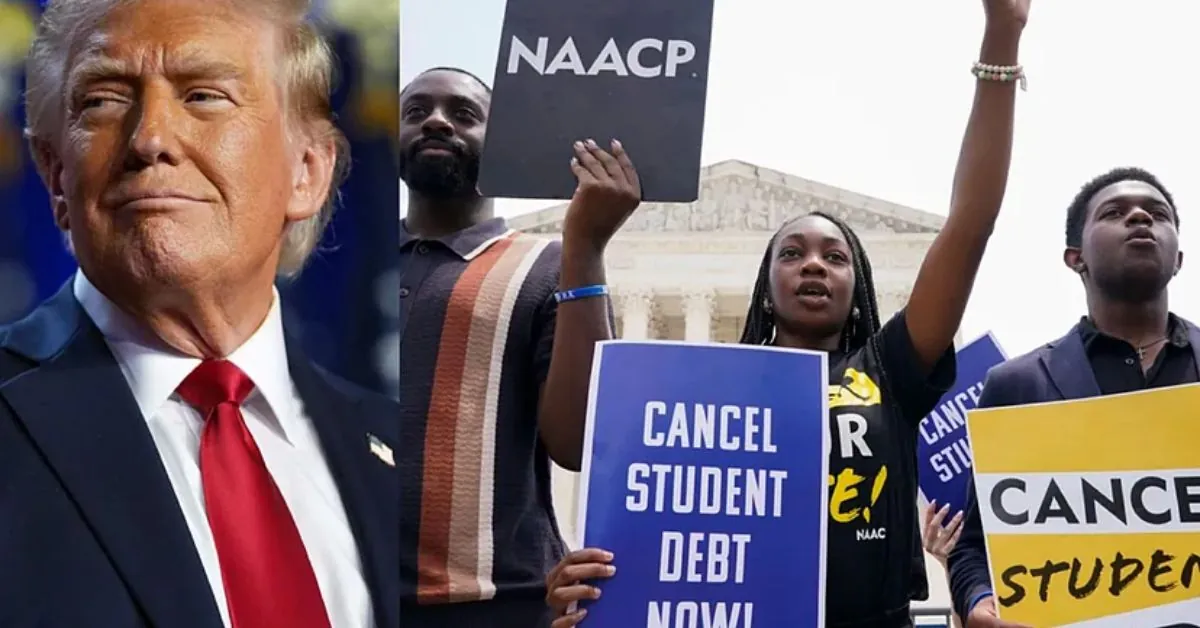
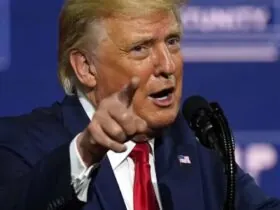
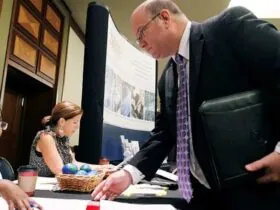

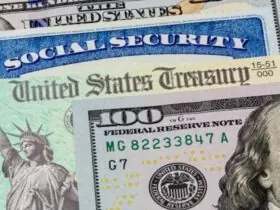
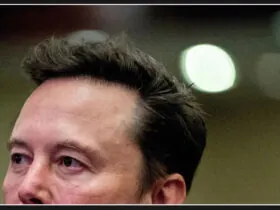
Leave a Reply